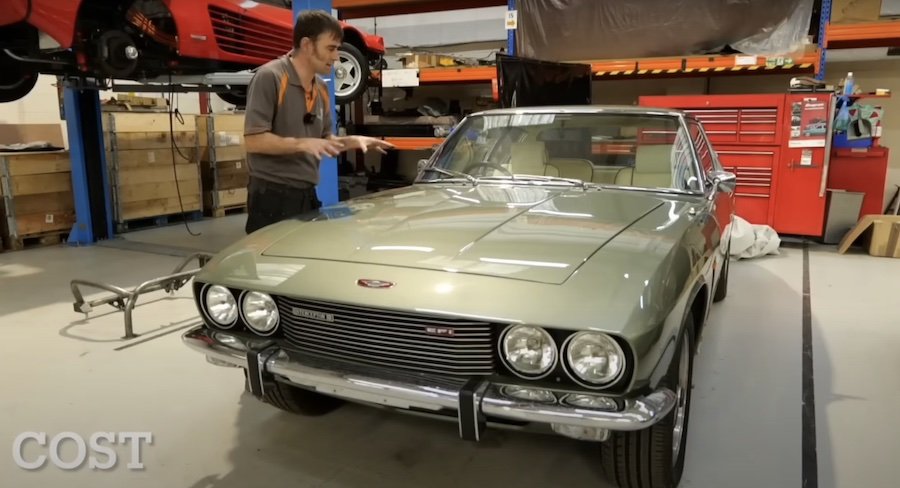Converting This Mercury Comet Wagon To Electric Should Cost Under $4,000

The donor car, which has the battery pack and drive unit for the EV conversion cost $3,000. The EV controller that makes everything work was another $1,000. This EV swap project will get a custom-fabricated De Dion rear axle that will house a Nissan Leaf drive unit.
If you love both electric vehicles and old cars, you can marry the two and create a modern EV-swapped classic. Electrified classics preserve all the style and character of the original, but they eliminate tailpipe emissions and many of the maintenance and reliability woes associated with running a vehicle that’s many decades old.
EV conversions would be a lot more common if it weren’t for several big issues with the biggest being cost. You can end up spending tens of thousands of dollars to make a classic run on electrons and that doesn’t include the cost of the vehicle you want to convert.
Because dealing with high voltages and the cables they require can be dangerous, it’s best to enlist the help of a specialist shop that has EV swapping experience. However, specialized help like this doesn’t come cheap, and you could save thousands if you have some mechanical knowledge (and confidence) to do the work yourself as well as some garage space.
The level of difficulty of an EV conversion varies depending on how much of the original vehicle you want to change and how easy the parts from your donor vehicle are to adapt. The easiest way to do it is to leave the gearbox and drivetrain components intact but replace the original combustion engine with an electric motor.
This is done through the use of adaptor plates that allow different types of electric motors to send their power through an ICE car’s transmission. There’s an added advantage of having several gears to choose from if you go down this route, so you can have better acceleration or improved high-speed efficiency.
Another approach is to insert the entire drive unit and subframe assembly from the donor EV into the vehicle you want to make electric. There are a lot of projects out there that just use a complete Tesla rear axle, including suspension, and then hook that up to a battery with a monitoring system and a controller to get everything to work.
Some classics are too wide for a modern car’s axle, so if you tried installing, say, a Model 3 rear assembly, the wheels would stick out of the body too much. For this type of vehicle, you can find a narrower axle with independent suspension and adapt it to house the drive unit.
However, there’s one more way you can do this, and it’s what This Old Jalopy is doing with his 1962 Mercury Comet wagon EV conversion project. He's using the motor and battery pack from a crashed first-gen Nissan Leaf from 2014, which cost him $3,000, as well as a $1,000 Resolve EV controller that makes all the major EV components communicate and work with each other.
Instead of choosing the easy way of just bolting the Leaf motor straight onto the Mercury’s gearbox, the plan here is to fabricate a De Dion-type solid rear axle and install the motor on that. This will require a lot of work, but it has been done before, and it should help keep the car’s weight down by eliminating the heavy gearbox and drive shaft–this is a cool project that we would like to see completed.
Notícias Relacionadas
